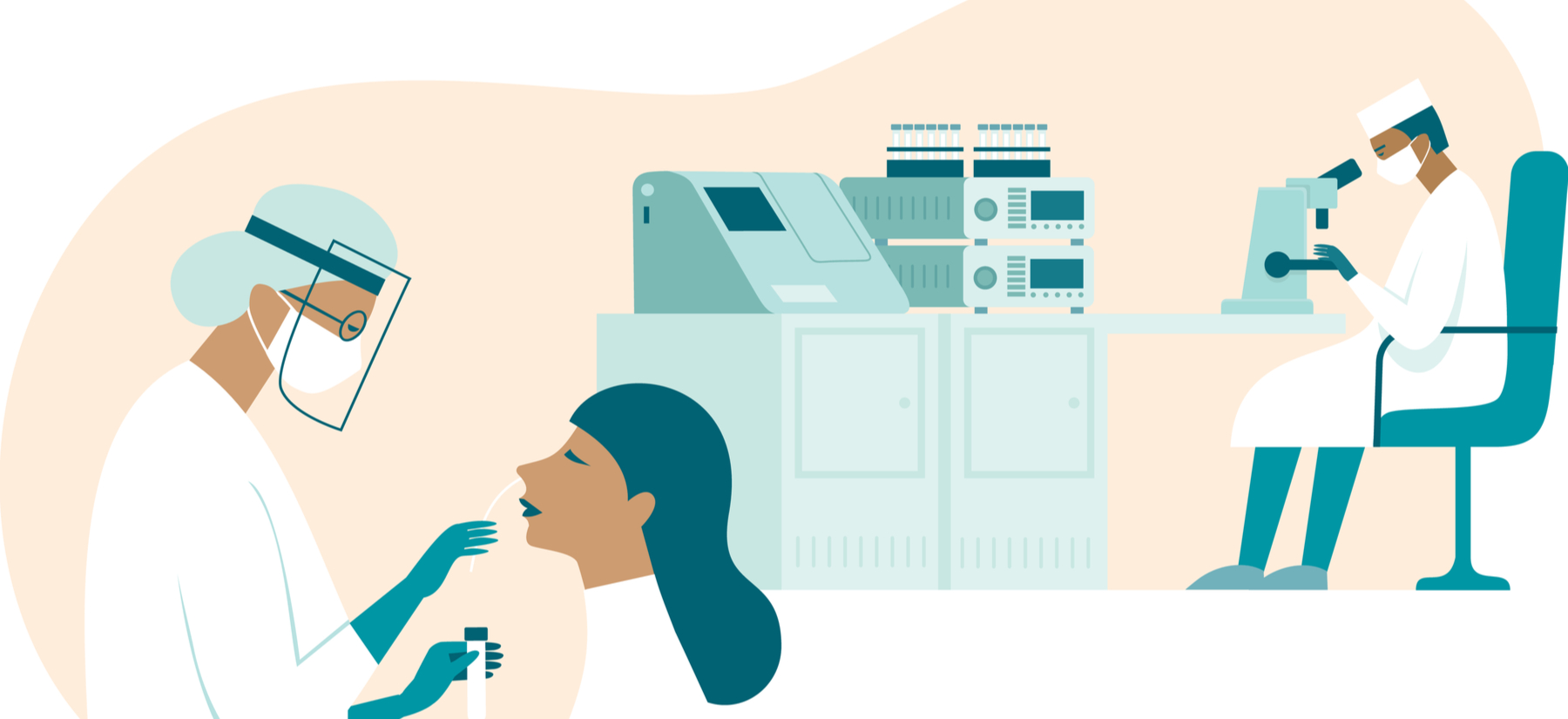Diagnostics has been ripe for a refresh for years. The process of having a condition diagnosed is almost laughable: make an appointment with a physician, travel to the physician’s office, take the test, travel home, and wait. Days later, the medical clinic calls the ailing patient to share their results, and even after that there’s always the possibility of additional appointments, especially if further tests are needed for diagnosis.
With the onset of the COVID-19 pandemic, the true extent of our system’s inefficiency was laid bare. This shock to the global healthcare system brought about a revolution in testing technology, accelerating major innovations in the way we diagnose and treat disease.
It’s easy to get excited about an over-the-counter test for COVID-19 that lets consumers test themselves at home. But, arguably, to most acutely feel the impact of our new testing paradigm, we’ll first need to revolutionize the experience at any near-patient setting—whether that’s in a clinic or emergency room, or testing crowds at an airport for infectious diseases.
Revolutionizing Point-of-Care Testing
While at-home testing will surely find its place in the future, current market offerings generally struggle with low accuracy rates, and the at-home model lacks the level of continuity a patient needs following diagnosis. Plus, while patients test themselves in the comfort of their own homes, more often than not, they need to send their samples back to a lab—leaving room for error throughout the supply chain and taking days to deliver results.
Testing at the point of care can handle everything from antigen and antibody testing for COVID-19 to the flu or even hormone imbalance. But in order to actually make an impact, we need accurate (read: lab-quality) testing that can be done in as little as five minutes.
Some companies have rolled out tests in the 15- to 20-minute range, but the difference between 15 and five minutes is critical in today’s healthcare system. You can’t run a 15-minute test, receive results, and discuss next steps with patients within a standard 15-minute appointment at a retail or pharmacy clinic. To truly transform the mass diagnostics, we can’t compromise on speed, accuracy, or workflow.
Unlike the multi-day pre-pandemic diagnostic norm, the most transformative innovations will improve the experience for both patient and provider, allowing patients to be diagnosed within five minutes, and with the correct medical interventions determined within 15 minutes.
Improved Care, Improved Quality of Life
Zooming out, there’s a clear correlation between life expectancy and access to healthcare, and this is true both domestically and around the world. The problem is immense, but diagnostics—as the first step in the path toward care—are a great starting point for improving the healthcare system as a whole.
By increasing the accessibility of testing at clinics in a format that allows for discussion and knowledge-sharing between the clinician and the patient—from clinic, to pharmacies and the like—we can make great strides toward a brighter future in patient care.









